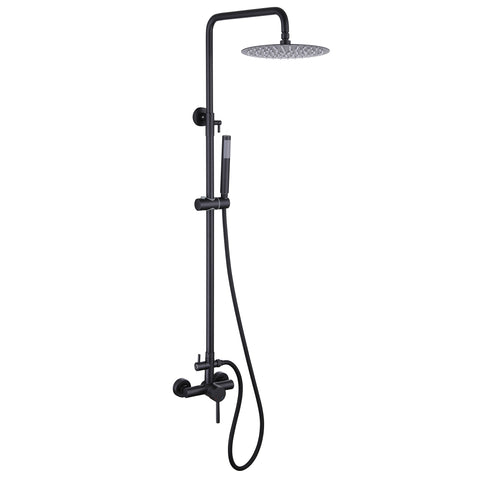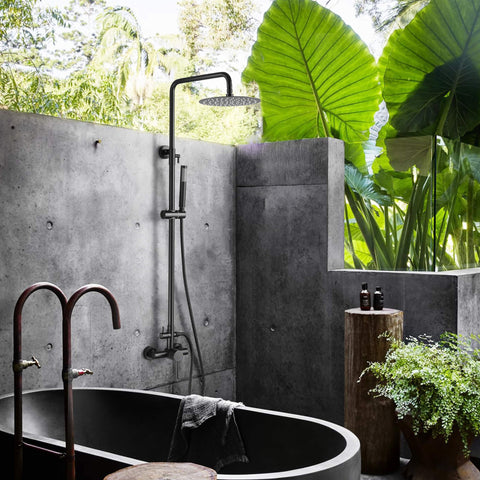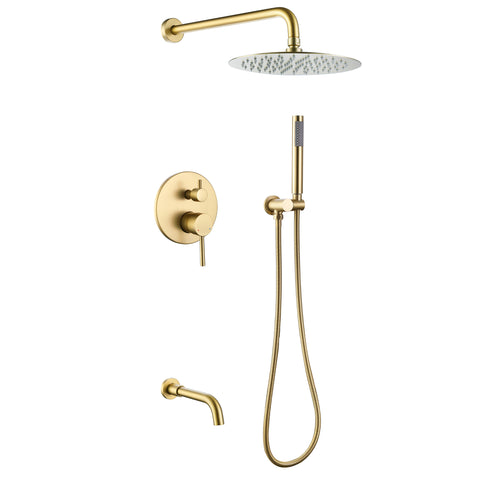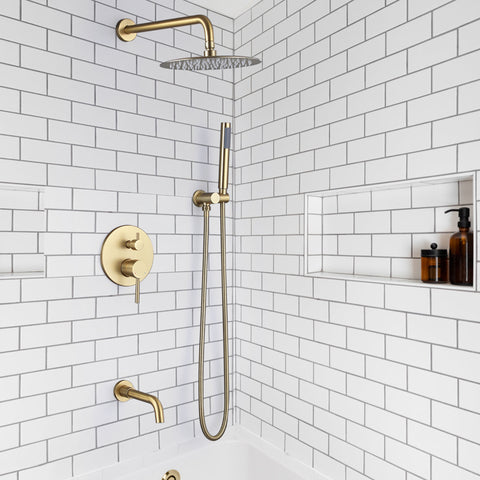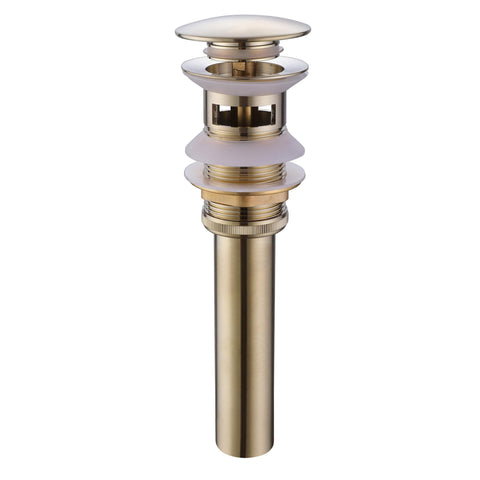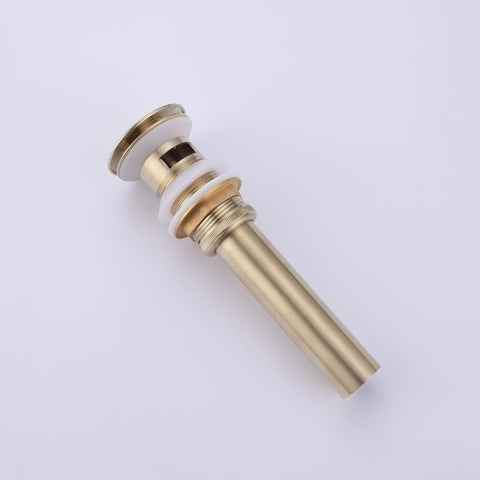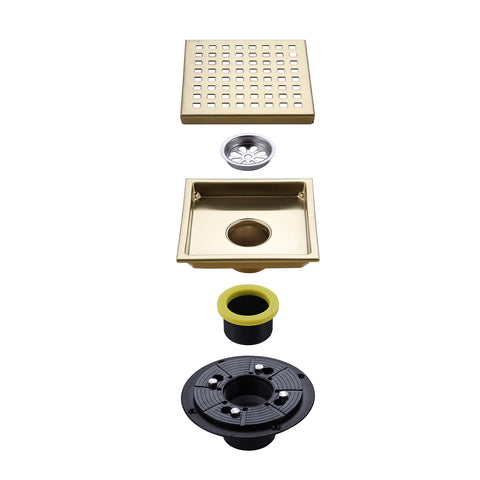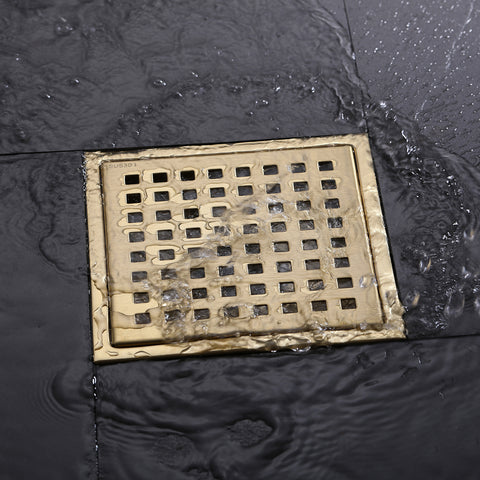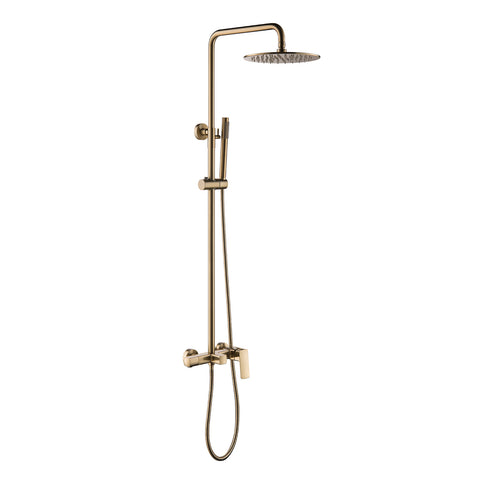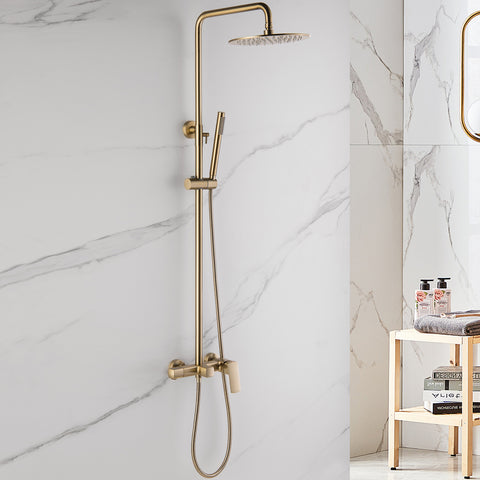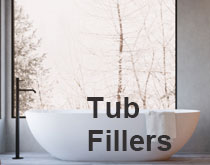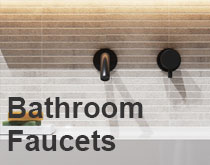How to Choose the Best Kitchen Faucet: Style, Function & Durability Guide
The kitchen faucet is one of the hardest-working fixtures in your home. From rinsing vegetables and filling pots to washing dishes and cleaning the sink, it’s used multiple times a day—by everyone in the household. That’s why choosing the right faucet is about much more than looks. The ideal kitchen faucet should match your design style, support your daily cooking routine, stand up to constant use, and fit your existing sink or countertop layout. Below are four key factors to consider when selecting the perfect faucet for your kitchen.

1. Style and Aesthetics
Your kitchen faucet is a visual focal point as well as a practical tool, so its style should blend seamlessly with your overall design. For a clean, contemporary kitchen, a sleek, minimalist faucet with a high-arc spout and a polished chrome or matte black finish can create a striking, modern look. If your kitchen leans more traditional or farmhouse-inspired, classic silhouettes in brushed nickel, stainless steel, or oil-rubbed bronze can add warmth and character.
Think about the details: Do you prefer a high-arc design to give you more clearance for large pots and pans, or a low-profile faucet that keeps sightlines clear across an island or open-concept space? Simple, streamlined forms tend to feel more modern, while curved shapes and decorative details work well in more classic or rustic interiors. Choosing a style that complements your cabinetry, hardware, and lighting will help tie the whole kitchen together.
2. Functionality
Beyond appearance, the right faucet should make everyday tasks easier and more efficient. Consider how you actually use your sink and which features would support your cooking and cleaning routine:
- Spray Options: Pull-down and pull-out sprayers offer flexible reach, making it simple to rinse produce, clean large baking trays, and spray down all corners of the sink. Multiple spray modes (stream, spray, or pause) add even more control.
- Touchless Technology: Motion-activated or touch-on faucets allow you to turn the water on and off without using the handle—ideal when your hands are messy from food prep or when you want to reduce contact with surfaces for hygiene.
- Swivel Range: A spout with a wide swivel range is especially useful for double-bowl sinks, letting you move easily between compartments and improving overall flexibility at the sink.
- Water Flow Rate: Choosing a faucet with an efficient gallons-per-minute (GPM) rating helps conserve water while still delivering enough power for rinsing and cleaning. Look for models that balance performance with reduced water usage.
If you cook frequently or have a busy household, investing in functional features that streamline your workflow can make a noticeable difference in your day-to-day life.
3. Durability and Material
A kitchen faucet is a long-term investment, so durability should be a top priority. High-quality materials and internal components help prevent leaks, corrosion, and premature wear. Solid brass and stainless steel bodies are known for their strength and resistance to rust, making them excellent choices for busy kitchens.
When it comes to finishes, chrome and stainless steel are popular for their ease of cleaning and resistance to stains and fingerprints. Brushed nickel, matte black, and specialty finishes can add personality and depth but may require more attentive care to maintain their appearance. It’s also wise to look for faucets with ceramic disc cartridges, which provide smooth handle operation and reliable, long-lasting performance with minimal maintenance.
4. Installation and Configuration
Before you fall in love with a specific faucet, make sure it’s compatible with your existing sink or countertop setup. Check how many mounting holes your sink has—common configurations include single-hole, two-hole, and three-hole installations. Single-hole designs pair well with modern, single-handle faucets, while multi-hole sinks can accommodate bridge-style, widespread, or separate handle-and-sprayer setups.
Some faucets come with an optional deck plate (escutcheon) that allows them to cover extra holes for a cleaner look. Confirm whether your chosen faucet includes all necessary parts, such as mounting hardware, hoses, and optional accessories like soap dispensers. Understanding the installation requirements ahead of time helps you avoid compatibility issues and simplifies the process, whether you plan to install the faucet yourself or hire a professional plumber.
Conclusion
Selecting the right kitchen faucet involves more than picking a design you like—it’s about finding the right balance of style, functionality, durability, and installation compatibility. By carefully considering how you use your kitchen, the look you want to achieve, the materials that will stand up to daily wear, and the configuration of your sink, you can choose a faucet that not only elevates your kitchen visually but also makes everyday tasks easier and more enjoyable. Take your time, compare options, and invest in a faucet that truly suits your home and lifestyle.
